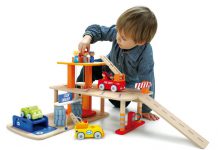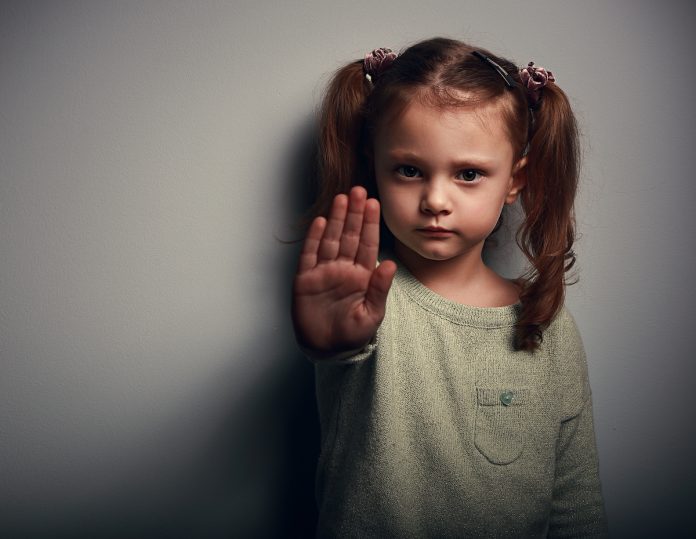Catch Them Doing Good
By Cathy West, Former Principal, Chatsworth Kindergarten, Part of Chatsworth International School
It is easy to catch children doing something undesirable or inappropriate. As parents, we can too often make this the focus of our discipline. Our reactions to this behaviour by criticising, discouraging, scolding or blaming may turn into shame, humiliation, and even physical punishment towards our children. These negative disciplinary methods can be harmful to children’s self esteem and set the stage for a destructive power struggle between child and care-giver with respect on both sides being lost. When our children ARE doing what they are expected to do, making decisions, interacting appropriately, being considerate and looking after their own and others belongings, helping out, solving problems – do we catch them then? Children may begin to think (either consciously or sub-consciously) that the only way that they will receive personal attention is when they behave inappropriately. We add to this cycle by scolding them when they behave inappropriately and not responding at all when they carry on in their day in appropriate ways.
“The goal of discipline is not to control children and make them obey… but to give them skills for making decisions, gradually gaining self-control, and being responsible for their own behaviour”
Prevention
How can you break this negative cycle? How do young children learn self-control, self-help skills and ways to interact and communicate appropriately? Such learning occurs when parents and teachers are continuously involved in setting limits and encouraging desired behaviours.
- “Do as I do.” The most powerful teaching skill is modeling the behavior that is expected from the child. Children have always imitated the adults in their lives. They will copy manner, tone of voice, language, and actions, both appropriate and inappropriate. Setting a good example in the way you communicate with others, especially domestic helpers, is critical in parenting.
- Children need clear boundaries, and they need to know what is expected. Verbalising expectations becomes a positive prevention rather than negative feedback afterwards.
Examples of Positive Talk
“ We turn the pages carefully” rather than “Don’t spoil your book”.
“ We keep our feet on the floor” rather than “Don’t kick the table”.
Speak respectfully and kindly, as you would speak to a friend. Let them know the expectation first, set the boundary and positive reinforcement is necessary when the boundary has been maintained.
- Catch your child doing something good. Notice something that your child does appropriately.Say “I like the way that you put your shoes in the shoe rack today – thank-you!” “You shared your cars with your sister!” and mean it when you say it. This shows acknowledgement and respect. It also encourages your child to repeat such desired behaviours – not because you have asked them to – but because you have acknowledged, respected and encouraged them.
- Give your child the opportunity to choose. Giving child choices empowers them, gives them some ownership and encourages decision-making. The parent may state the rule/action and then the choice. For example: “It’s bedtime. Would you like one story or two?”.
Throughout my years of teaching in the Early Childhood sector, I have always found prevention to be better than a cure. Setting boundaries, catching children when they were doing something good, and giving them choices clearly resonated respect, acknowledgement and appreciation towards them.
HOW TO HANDLE MISBEHAVIOR:
Prevention is obviously the best practice. In spite of the best planning and positive parenting however, there will still be some misbehavior. Some helpful responses include:
Ignoring
This works best with a new, annoying but not harmful behavior like bad language or tantrums. Effective ignoring involves not talking to or looking at the child or using any body language that indicates attention. Do not say “I’m ignoring you.” Do not say or do anything. Breathe and walk or look away.
Redirecting
This approach involves helping the child find an alternative activity that is similar to what he was doing. “I can’t let you throw your truck, but you may throw the ball outside.” or “You may not kick the door, but you may kick this ball or plastic milk jug.”
Cooling off
A cooling off period can sometimes help hurtful behaviour or an angry outburst. A cooling off period is not used as a punishment. The child can be sent to a calming place until he gains control of himself and changes his behavior. A cooling off period is also a good way for adults to calm down too. You can say: “Mummy needs to cool off now, we will talk about this afterwards.”
Allowing Consequences
A favourite jacket left outdoors is rained on and can’t be worn to school, or riding a tricycle into the carpark means having to go indoors for a while. We help children learn to be responsible when we allow them to experience the consequences of their choices.


































